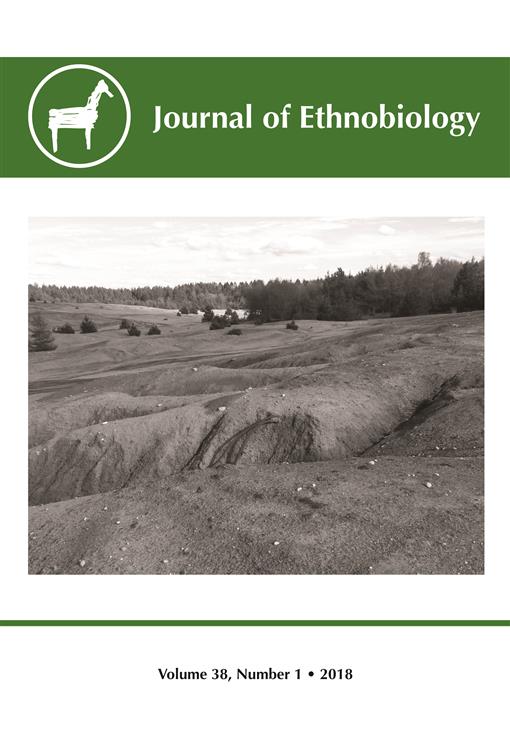Through a case study of Søby Brunkulslejer, a former brown coal mining area in Jutland, Denmark, this article focuses on how physical ground is not an inert background on which histories play out but is an active force in shaping ecological and social relations. Due to the particularities of the mining practices and geologic strata, this site—formerly used for agriculture—has become geologically unstable post-mining. Its ground now shifts in unexpected ways via sand drifts, landslides, and liquefaction. This article begins by exploring the social and environmental histories through which these novel forms of instability have emerged. It then examines the effects of these new kinds of geological instability, probing how they have sparked new land use practices and political debates that have, in turn, strongly impacted the area's patterns of biological life. Inspired by historical ecology, the article suggests how one might study the “historical geology” of a postindustrial Danish landscape, where social, geological, and biological relations are co-constitutive of each other. Methodologically, the article draws on ethnographic and archival materials, including interviews and participant observation with government officials, geoscientists, and local residents.
How to translate text using browser tools
1 March 2018
The Making of Unstable Ground: The Anthropogenic Geologies of Søby, Denmark
Mathilde Højrup,
Heather Anne Swanson
ACCESS THE FULL ARTICLE
It is not available for individual sale.
This article is only available to subscribers.
It is not available for individual sale.
It is not available for individual sale.

Journal of Ethnobiology
Vol. 38 • No. 1
March 2018
Vol. 38 • No. 1
March 2018
Anthropocene
Danish landscapes
geologic agency
Mining history
multispecies ethnography




